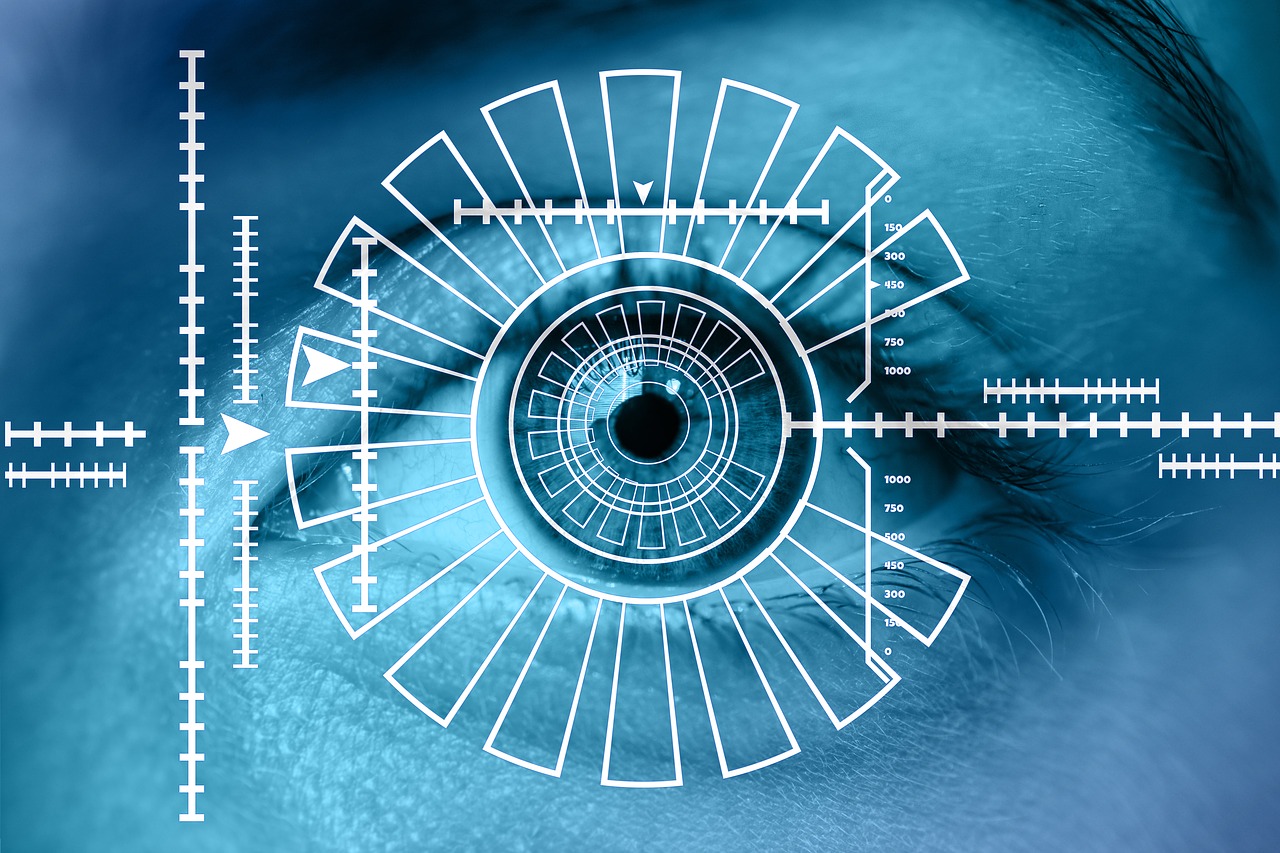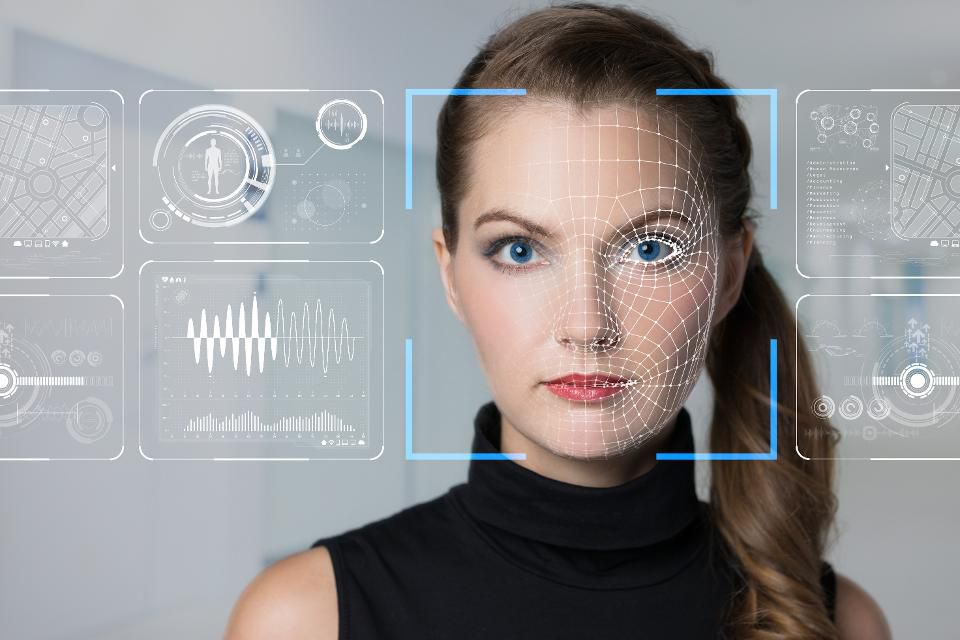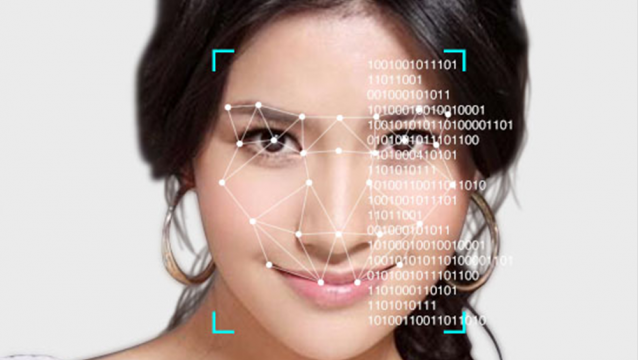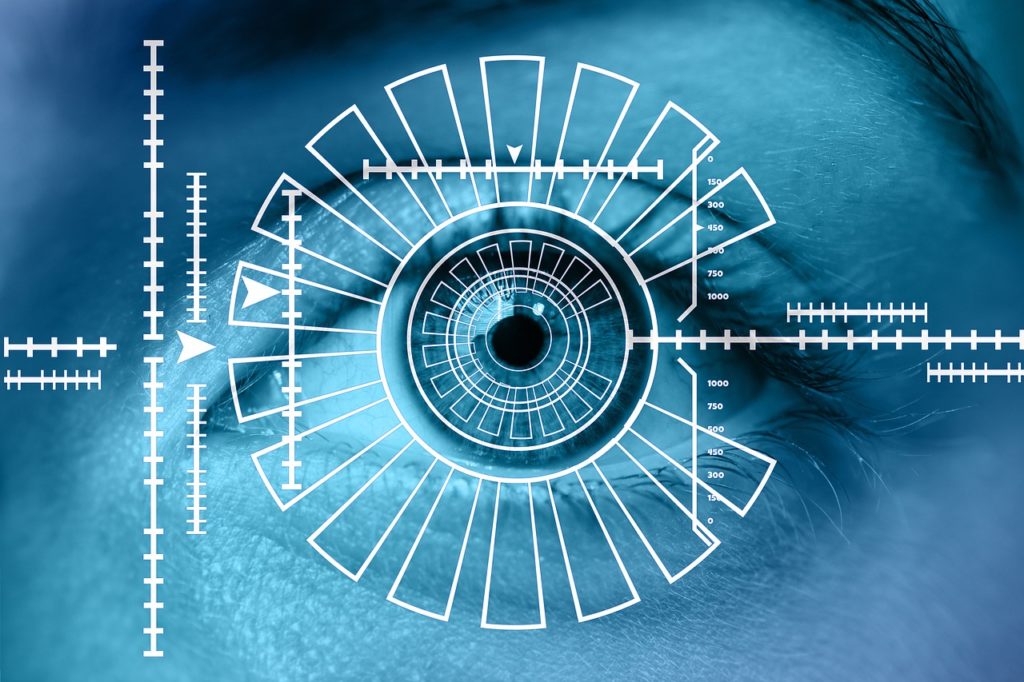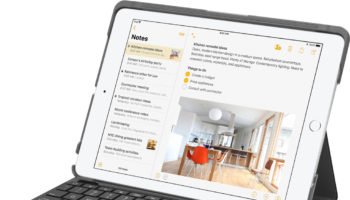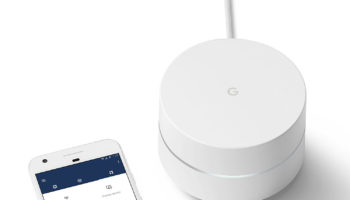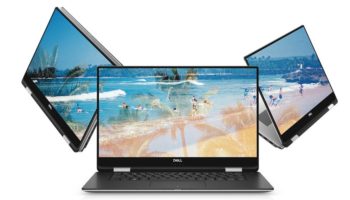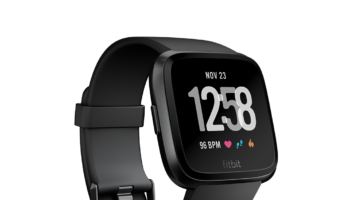The widespread growth of biometric devices and applications have opened a huge global market. With the adoption of biometrics comes the demand of parts, hardware, software, and services to increase. Requiring mass production of hardware and spares for biometric equipment would set in place an implementation of service delivery network.
As more businesses and professionals adopt biometric systems, it will catch the attention of bigger organizations to engage in biometric business. This would benefit consumers, because as more players get into the game of biometrics, so begins the price wars, capitalizing, making large investments, and the overall completion of a product. The recent rise in biometric systems as a service has now created basically a biometric ecosystem, consisting of identification and authentication services. These services include; fingerprint, palm vein, iris, palm print, DNA, voice, and last but not least; facial. All of which can be used in the security of many devices and/or accessibility for personal information.
Mobile Biometrics
Smartphones and tablets have played a role in the growth of biometrics. As they become more affordable to have, some of them even come equipped with fingerprint or another biometric hardware. Service providers have grown interest in using biometric authentication for smartphone applications. Counterpoint Research has said that mobile biometrics is going to have a huge rise with over 1 billion smartphones shipping in 2018 with biometric systems. Service providers have grown to use fingerprint authentication for customers to access their services.
Smartphones hold more important information than ever before, because of all the capabilities the devices have now. Recently Samsung, Apple, and other big phone companies (such as LG) have integrated some of their new products with innovative biometric features. Samsung’s Galaxy Note 8 has been equipped with the most accurate form of biometrics with the use of an iris scanner. The iris scanner is an infrared ray from the front camera to scan your iris in a non-contact way. The infrared allows you to use the biometric feature in any surrounding environment.
On the other hand, Apple has come up with a 3D facial recognition system in the new iPhone X. The system also uses an infrared camera that is consisted of 30,000 dots to create a perfect in-depth mapping of the user’s face. This way it can identify you, even if you are wearing glasses, a hat, or even if you want to grow out your beard and/or change hairstyles. The biometric system will not identify just a photo of the user since it is a 3D scanner.
Lastly, LG Electronics have a voice recognition system in their new smartphone. It has 21 voice recognition functions. The system analyzes the user’s distinct pronunciations, voice wave types, speaking speed, pitches, accents, etc. With more service providers continuing to use biometric systems, the biometric ecosystem will continue to benefit consumers and the industry alike.
Biometrics and its Involvement in the Future of Travel
Biometric systems have even made its way into the efficiency of traveling. Delta Air Lines has just enabled the use of biometric technology for travelers to gain access to airport lounges. On March 26, Delta Sky Club members that have signed up for CLEAR, may use their fingerprints to enter all 50 U.S. Sky Club locations.
Although you must be a U.S. citizen or permanent resident to enroll and sign-up for CLEAR, this system provides an efficient service. It expedites the screening process, making a traveler’s experience more seamless, by verifying your identity using biometrics. Delta Air Lines have been testing this system for almost a year and have made improvements along the way, including; improved features to make processing easier to understand. Delta is undergoing another test with biometrics which consists with boarding experience. SkyMiles members that are enrolled in CLEAR would be able to scan their fingerprint in place of a paper boarding pass, which improves security as well.
On another note, LAX in Los Angeles has integrated biometric systems into their security process. Transportation Security Administration (TSA) held a 3-week trial to experiment with facial recognition and how it could speed up that process. Passengers in the Tom Bradley International Terminal would scan their passports and boarding passes. The biometric system at the gate then instantly verifies the information on both documents match, and it snaps a photo of the passenger. The photo would then could be compared to the one that is contained in the traveler’s passport, if the traveler has a newer passport that contains a microchip version of their passport photo. Once everything matches a green light would be given.
During this trial period they still had TSA agents there to verify that there were no mistakes with the system and passenger’s identities. One day TSA believes that using facial recognition will help expedite security processes, resulting in shorter lines and reduced waiting time.
Biometrics Growth into Our Lives
Technology has made its way into every aspect in our day to day life, from personal, work, to social life. In which case there will be a need to protect one’s information or the sanctity of others. Biometric technology has made authentication much simpler and efficient. This technology has grown and has been successful, which causes a chain reaction. Making people and organizations implement biometric applications.
The adoption of biometrics has slashed prices of its hardware and software making it affordable to continue to be used in almost any occasion. We will witness a rapid growth in biometric modalities and its implementations it will have on our every day lives, making it almost overwhelming. But that’s not it. Biometric technology market, according to market intelligence firm Tractica, will have a compound annual growth rate of 25.3%. Its shocking to see something that we could only imagine seeing or using, is so close to being a reality around the world.
